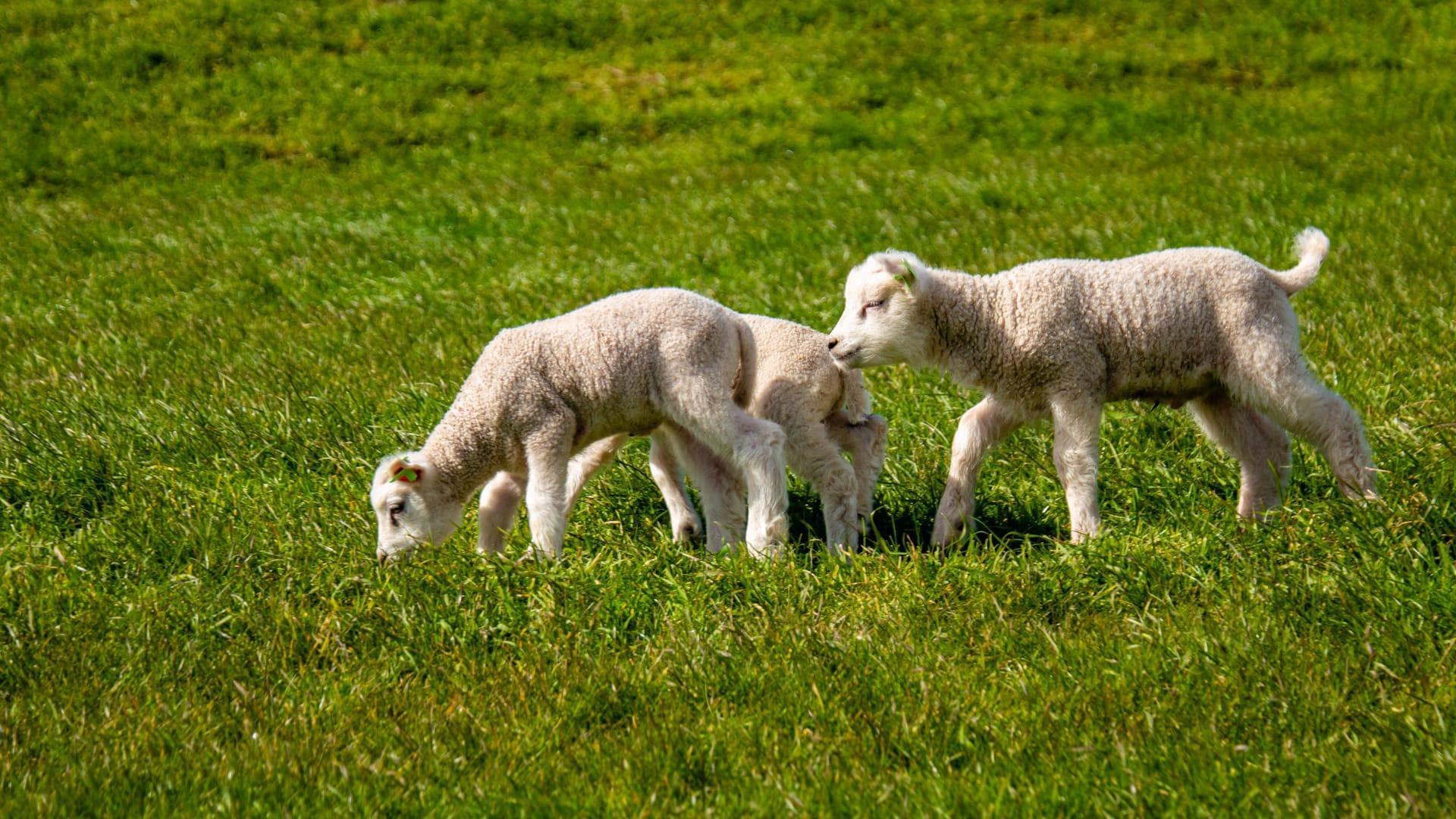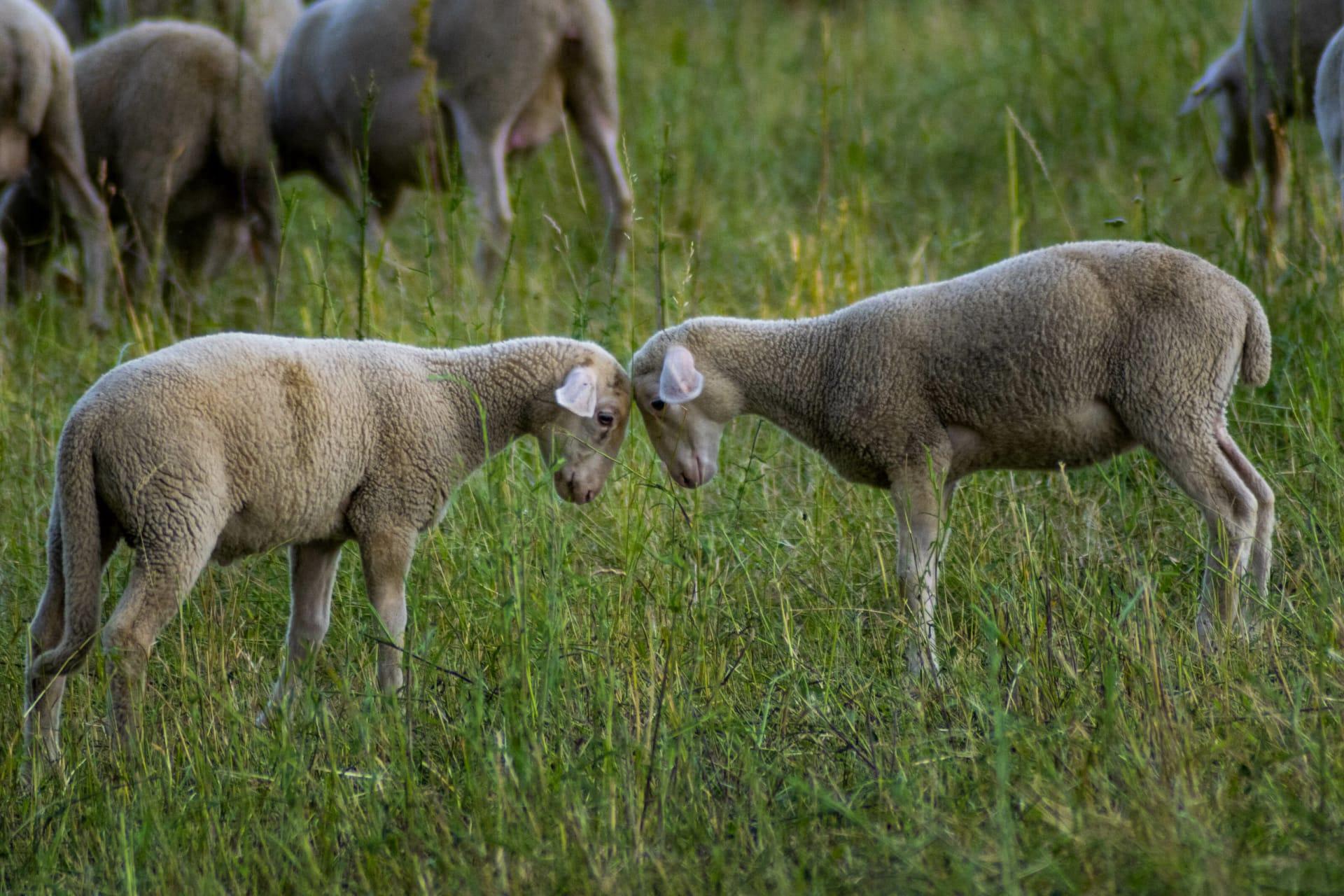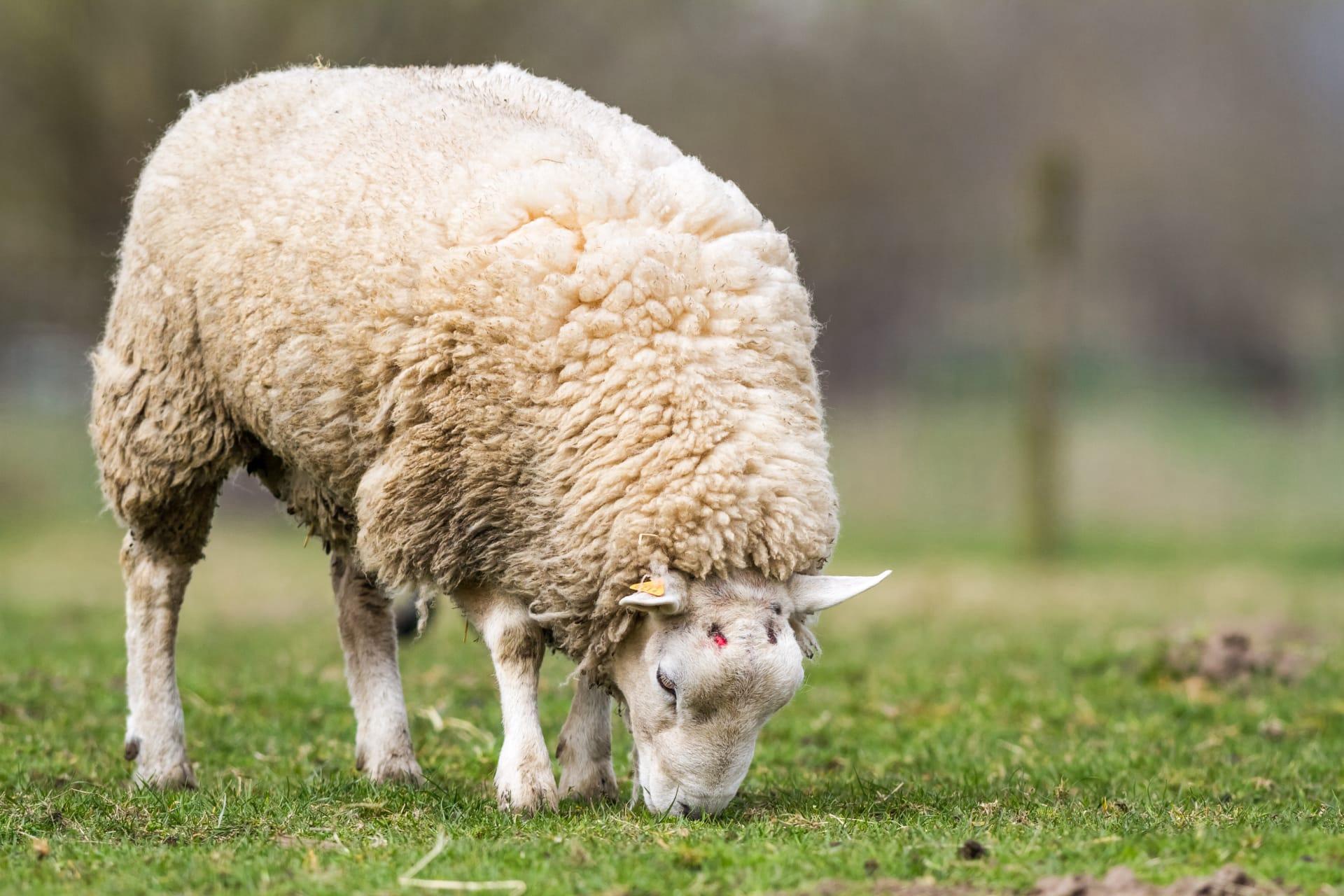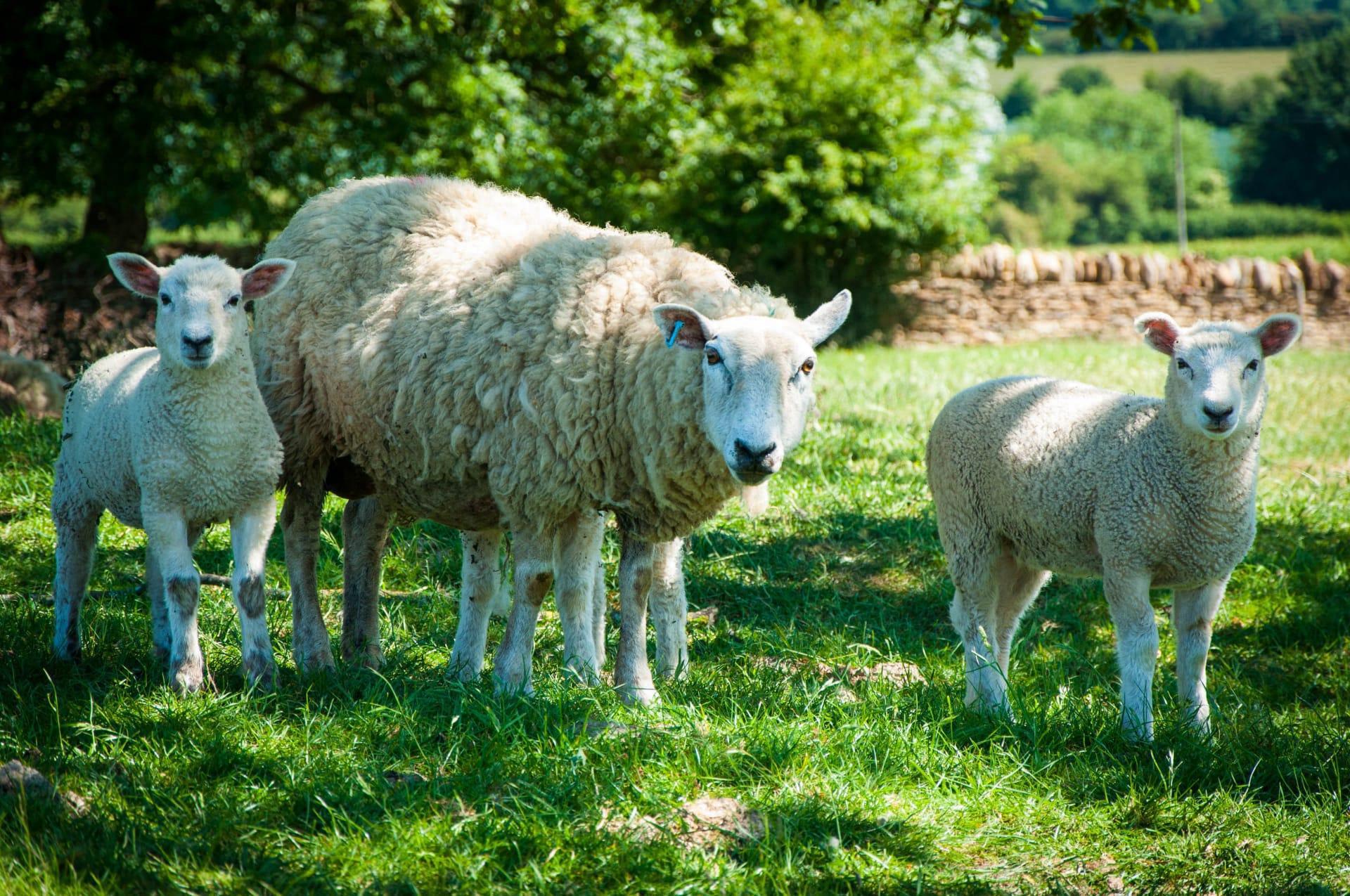1
Sheep are incredibly social animals, often forming strong bonds within their flocks. This social structure is not just about companionship; it's a survival strategy. In the wild, sheep rely on their herd for protection from predators. When threatened, they will huddle together with their young in the center, using numbers to their advantage. Research shows that a sheep can recognize up to 50 other sheep faces, and they can remember these faces for up to two years. This remarkable memory helps them to maintain complex social relationships within their flock.
Another interesting fact about sheep is their impact on the environment. Contrary to common belief, sheep can actually be beneficial to certain ecosystems. Grazing by sheep can help control invasive plant species and promote the growth of native plants. This is particularly important in areas where invasive species threaten biodiversity. For instance, in some grasslands, managed sheep grazing has been used to control the spread of non-native plants. This not only helps preserve the native flora but also maintains a habitat conducive to local wildlife, showcasing a harmonious balance between agriculture and nature.

2
Sheep have a unique digestive system, featuring a four-chambered stomach, which allows them to break down cellulose from plants more effectively than many other herbivores. This system, consisting of the rumen, reticulum, omasum, and abomasum, enables sheep to extract a high amount of nutrients from poor-quality forage. In the rumen, bacteria break down the tough plant material, a process that generates heat and helps sheep to maintain their body temperature, particularly useful in cold climates.
Another lesser-known aspect of sheep is their contribution to scientific research. Sheep have been used in various medical studies due to their physiological similarities to humans. For instance, sheep have played a crucial role in studies related to heart and lung diseases, as their cardiovascular system is similar to that of humans. This has led to advancements in medical treatments and a better understanding of certain human diseases. Sheep have also been used in orthopedic research, where their bone structure and density offer valuable insights into human bone health.

3
Sheep wool is not just a clothing material; it has unique properties that make it incredibly versatile. Wool is a natural insulator, able to keep you warm in winter and cool in summer due to its ability to absorb and release moisture. It's also naturally flame-resistant, making it a safer choice for home insulation and fabrics. Additionally, wool is biodegradable and sustainable, decomposing in soil and releasing valuable nutrients back into the earth, making it an eco-friendly resource.
Sheep also have a surprising role in the field of environmental conservation. In certain regions, sheep are used for grazing in solar farms. Their grazing keeps the vegetation at a manageable level, which is crucial for maintaining the efficiency of solar panels. Unlike machinery, sheep can graze around the panels without causing damage, offering a low-impact and sustainable method of vegetation control. This practice not only keeps the solar farms operational but also provides a natural and eco-friendly solution to landscape management.

4
Sheep have a remarkable ability to adapt to various climates and environments, which is why they are found all over the world. From the icy landscapes of Scotland to the arid regions of Australia, sheep have developed adaptations that allow them to thrive in diverse conditions. For example, the Merino sheep, known for its fine wool, is particularly well-suited for hot, dry climates due to its lighter fleece and skin folds that increase the surface area for heat loss.
On the other hand, the unique vision of sheep is an adaptation often overlooked. Sheep have rectangular pupils that provide a wide field of vision, around 300 degrees, allowing them to see predators from various angles without turning their heads. This panoramic vision is a critical adaptation for their survival, as it helps them detect threats while grazing. However, this vision layout means that sheep have a small blind spot in front of their noses and behind their heads, which they compensate for by frequently moving their heads to scan their environment.

5
Sheep have been part of human history for thousands of years, with evidence suggesting that they were one of the first animals to be domesticated, around 10,000 years ago. This early domestication had a significant impact on human societies, providing a reliable source of wool, meat, and milk. Interestingly, different breeds of sheep were developed for specific purposes: meat breeds for their larger size and muscle development, dairy breeds for their milk production, and wool breeds for their fleece quality.
Lastly, sheep play an unexpected role in the field of art and culture. Throughout history, sheep have been a symbol of tranquility and pastoral life in various artworks. In literature, they often represent innocence and purity. The use of sheep wool in textiles has also influenced fashion and design for centuries. Today, artists and designers continue to explore the potential of wool in creating sustainable and innovative fabrics, blending the ancient heritage of sheep farming with modern aesthetic and ecological values.